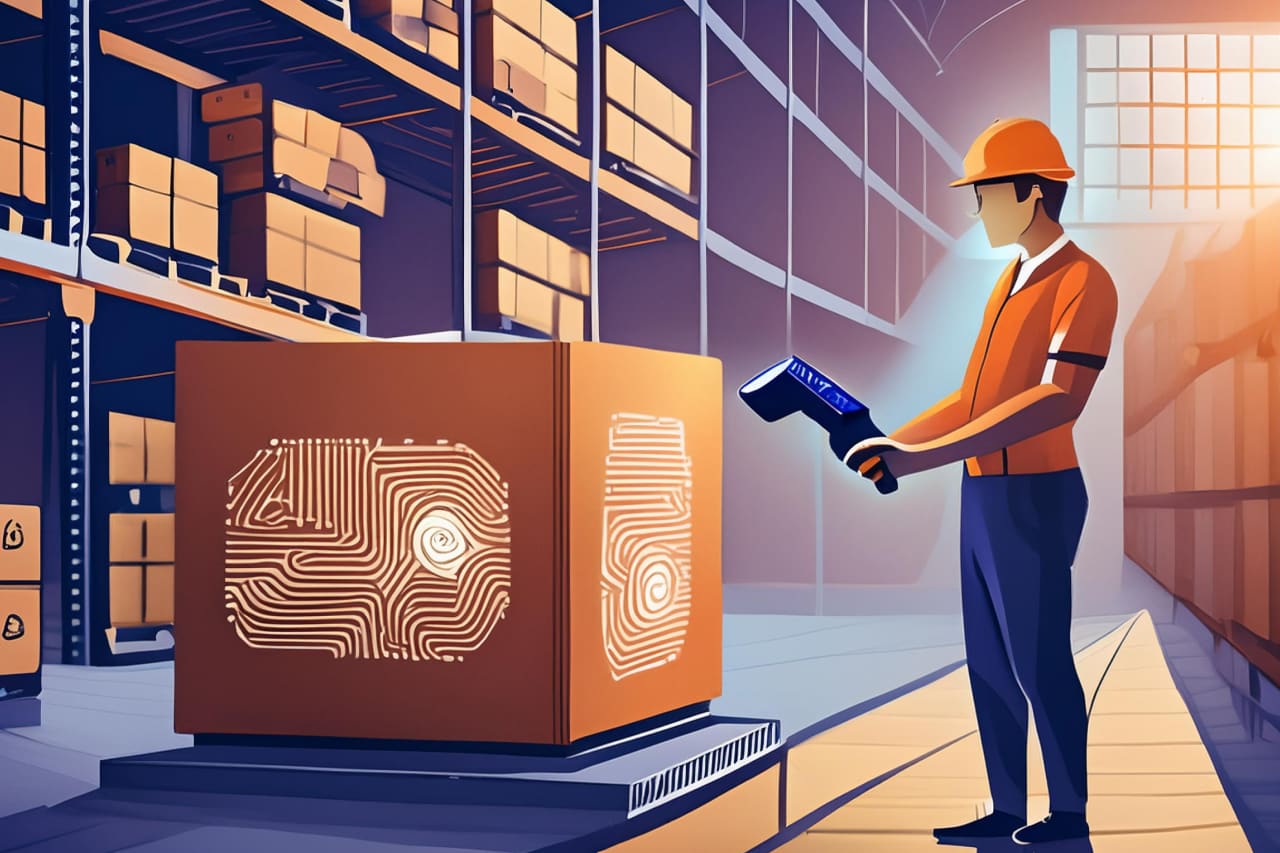RFID Asset Tracking: Turning Clutter into Clarity


Ever walked into a storeroom and felt your heart sink? Boxes stacked without labels, equipment that’s “probably somewhere here,” and one critical tool you needed… vanished into thin air. It’s a scene many operations managers, warehouse supervisors, and even small business owners know all too well. And yet, there’s a quiet revolution changing that story: RFID asset tracking.
The Before and After of Asset Management
Before RFID, asset tracking was often a messy cocktail of handwritten logs, barcode scanning (if you were lucky), and guesswork. You’d spend hours, sometimes days, reconciling lists with what was physically on the floor. The stress wasn’t just about time wasted but about not knowing.
Now, picture this: You walk into that same storeroom, but instead of rummaging, you open a dashboard. Instantly, you see where every item is, when it was last moved, and even if it’s been taken somewhere it shouldn’t be. That’s the power shift RFID asset tracking brings.
How RFID Asset Tracking Works Without the Jargon
You’ve probably heard the basics: RFID uses small tags and readers to communicate wirelessly. But in plain English, think of it as giving each item a tiny voice, saying, “Hey, I’m here, and here’s my exact ID.”
An RFID tag holds a unique identifier. A reader at a doorway, a workstation, or even handheld listens for these signals. The moment an item moves, the system logs it. No line-of-sight needed like barcodes. No manual check-ins. Just an invisible safety net catching every movement.
Why “Real-Time” Changes Everything
The magic word here is real-time. RFID asset tracking doesn’t just tell you where something was an hour ago. It shows you where it is right now. That means:
- You catch missing items before they’re truly gone.
- If a piece of equipment is sitting idle, it could be reassigned.
- You reduce panic moments before audits because your records are always current.
Ever had an auditor ask for an asset you swore was in the building, only to discover it was shipped out three weeks ago? RFID stops that embarrassment cold.
More Than Just Knowing Where Stuff Is
The obvious win is location tracking. But RFID asset tracking quietly solves deeper headaches.
- Lifecycle management: Know when assets were purchased, used, maintained, or retired.
- Loss prevention: Detect unauthorized movements instantly.
- Utilization insights: Identify underused assets and reallocate them where needed most.
It’s not just about finding things; it’s about making smarter decisions because you finally have the full picture.
Small Tag, Big Impact
One of the most surprising things about RFID is how unobtrusive it is. The tags are small, sometimes as thin as a sticker. Yet, they can endure harsh environments, temperature swings, and rough handling.
There’s a certain satisfaction in tagging a piece of equipment and knowing it’s now part of a digital ecosystem that never sleeps. It’s like giving your assets a passport that tracks their every journey.
What About Cost?
The part scares some folks: “RFID must be expensive.” The cost of entry has dropped sharply over the past decade. While the tech was once a luxury for big corporations, it’s now accessible to mid-sized businesses, even some smaller operations. And the return? Usually, it is visible in reduced loss, fewer hours wasted, and tighter inventory control within the first year.
Think about the hours your team spends hunting for missing tools or reordering items you already own but can’t find. RFID asset tracking often pays for itself in the form of avoided headaches.
The Human Side of RFID
This isn’t just about technology. It’s about people.
Employees feel less frustrated when they’re not wasting time searching for equipment. Teams communicate better because they’re all working from the same accurate data. Managers can plan confidently because they know their asset base is solid.
And here’s the part most case studies don’t mention: morale improves. There’s a quiet but noticeable shift when chaos turns into order.
Where It Fits Best
While RFID asset tracking can work in almost any industry, it shines in places where assets are:
- Mobile and frequently moved.
- High-value and high-risk.
- Numerous enough that manual tracking is impractical.
Hospitals track medical equipment, construction firms manage tools across multiple sites, and manufacturers keep tabs on machinery. These are the environments where RFID feels less like an upgrade and more like a lifesaver.
Challenges Worth Acknowledging
No system is perfect. Implementing RFID asset tracking takes planning.
- You must choose the right environmental tags (metal, heat, or liquids can affect the signal).
- You’ll want to position readers strategically for full coverage.
- And yes, you’ll need to train your team so the system is used to its potential.
But these are growing pains. Once the foundation is in place, the payoff is long-lasting.
The Quiet Confidence of Control
There’s something deeply satisfying about walking into a workspace and knowing, not guessing exactly where your assets are. You stop living in a “controlled chaos” state and move into genuine operational control.
RFID asset tracking doesn’t scream for attention. It works quietly in the background, keeping everything where it should be, so you can focus on the work that matters.




